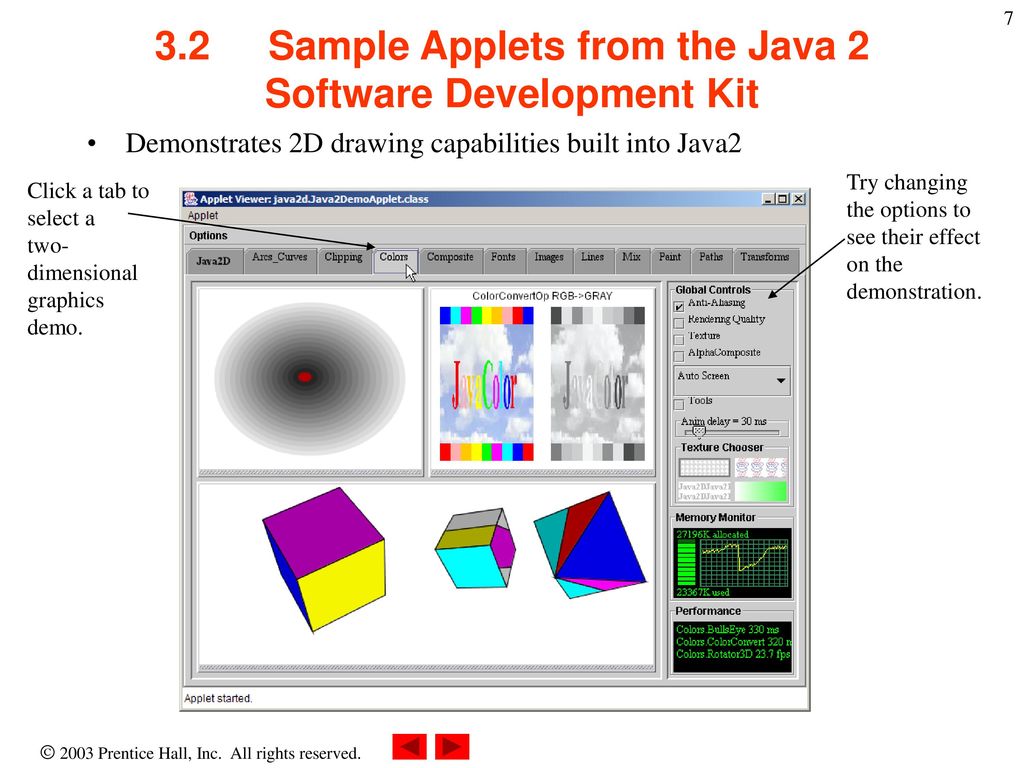

If you are reading a URL use the URL switch. The allowed formats are MSF, FASTA, PIR, CLUSTAL and BLC.įile|URL If you are reading from a local file use the File switch here. Jalview is the name of the alignment file which has to be in one of the supported formats. Java jalview.AlignFrame File|URL For people using the script file jalview.bat or Jalview the syntax is Input from the command line When run as an application jalview takes the name of an alignment file on the command line.
Alignment output in a text box (cut and paste). Save postscript to a local file (application only). Save to a local file (application only). Input from a local file (application only). The pluginspage attribute isn’t used by the AppletViewer, but should be present so that browsers load the plug-in properly. The type attribute isn’t used by the AppletViewer, but should be present so that browsers load the plug-in properly.įor an applet, the value should be similar to: The optional codebase attribute supplies a relative URL that specifies the location of the applet class. The AppletViewer ignores the src attribute that’s usually part of an embed tag. To supply argument values for applet parameters, you add additional attributes to the embed tag. Unlike the object tag, all values specified in an embed tag are attributes (part of the tag) rather than parameters (between the start tag and end tag), specified with a param tag. The object and embed tags can be combined so that an applet can use the latest Java plug-in, regardless of the browser that downloads the applet. If the applet requires a parameter with one of these four names, then it might not run in the AppletViewer. In that situation, the plug-in recognizes and uses the java_ versionoption in preference to the version is be used by the applet. These tags are needed only when the applet defines parameters with the names code, codebase, object, or type, respectively. The AppletViewer doesn’t recognize the java_code, java_codebase, java_object, or java_type param tags. The object tag recognized by IE4.n and the embed tag recognized by Netscape 4.n can be combined so that an applet can use the latest Java plug-in, regardless of the browser that downloads the applet. 
Other parameter tags are argument values supplied to the applet. For an applet, the value should be similar to:įor a serialized object or JavaBean, the type parameter value should be similar to: The type parameter tag isn’t used by AppletViewer, but should be present so that browsers load the plug-in properly.
#COMMAND LINE ARGUMENTS TO APPLET VIEWER CODE#
The optional codebase parameter tag supplies a relative URL that specifies the location of the applet class.Įither code or object is specified, not both. The AppletViewer also ignores the codebase attribute that’s usually included as part of the object tag, assuming that it points to a Java plug-in in a network cab file with a value like:

The AppletViewer ignores the classID attribute, on the assumption that it’spointing to the Java plug-in, with the value:Ĭlassid="clsid:8AD9C840-044E-11D1-B3E9-00805F499D93"







 0 kommentar(er)
0 kommentar(er)
